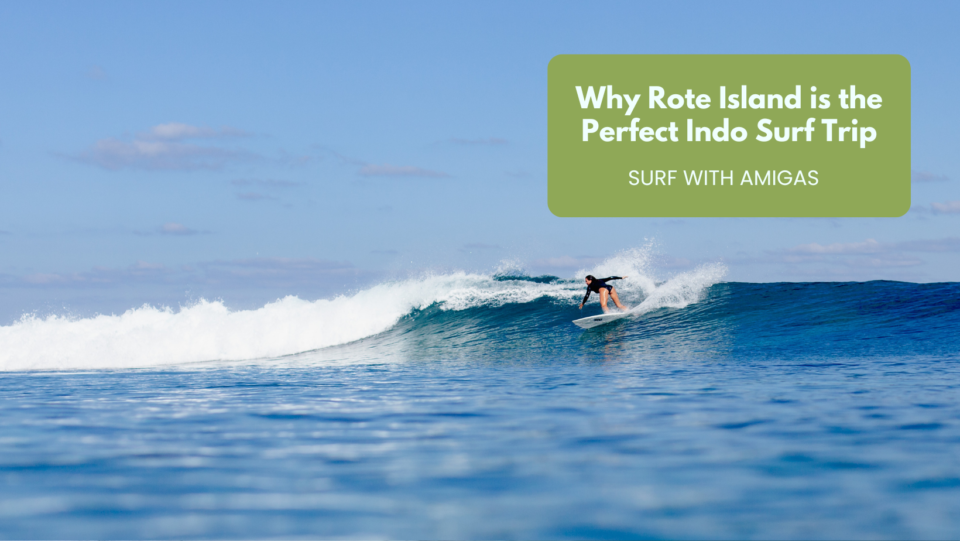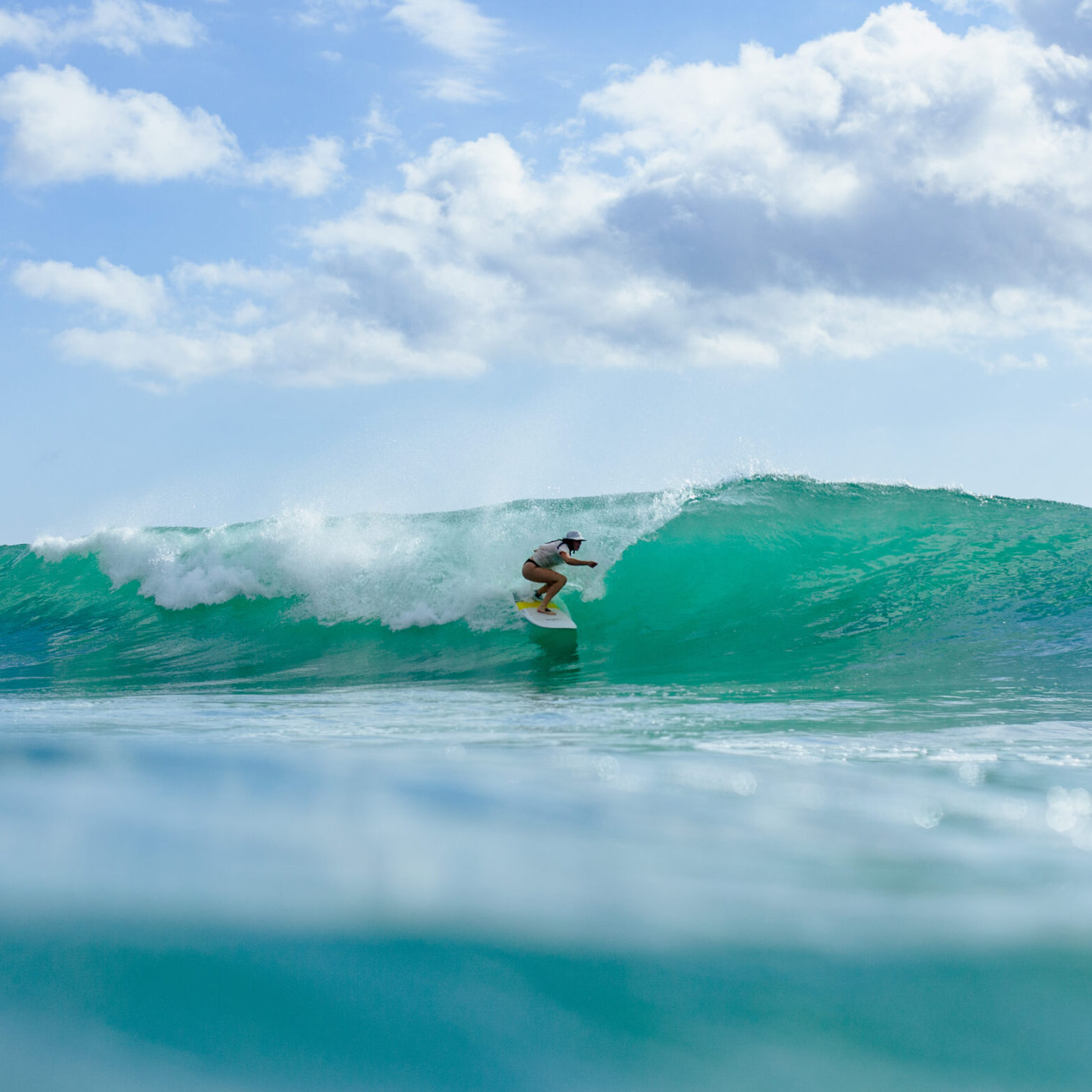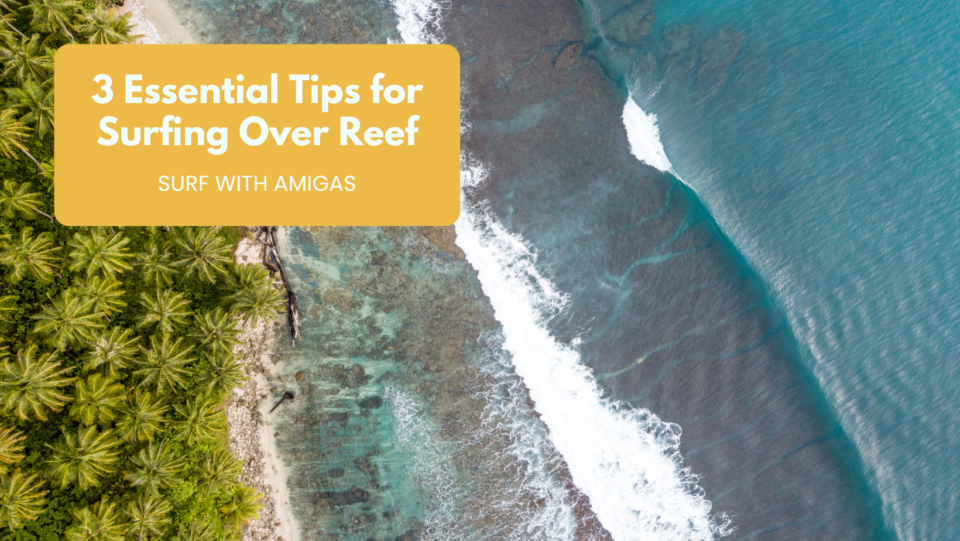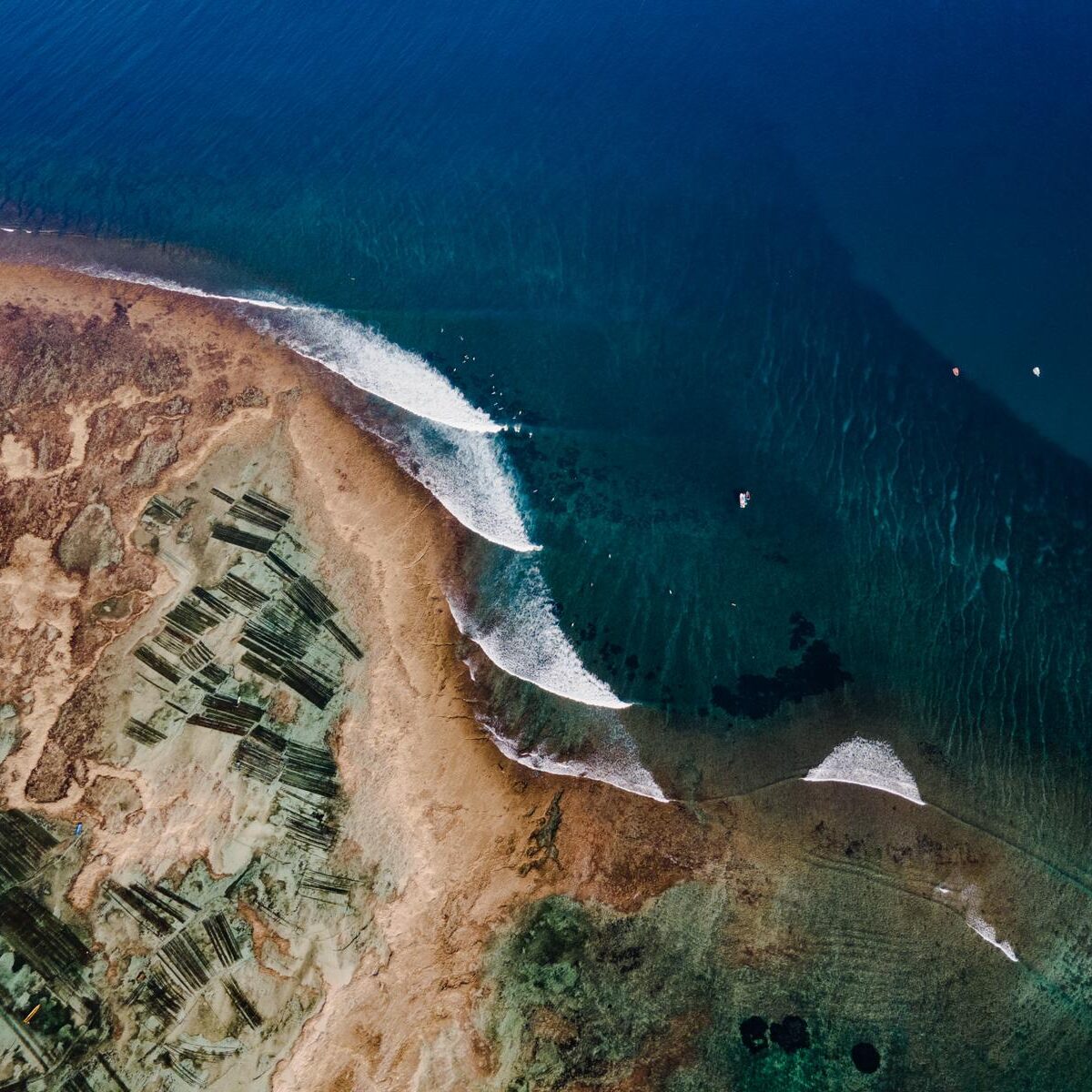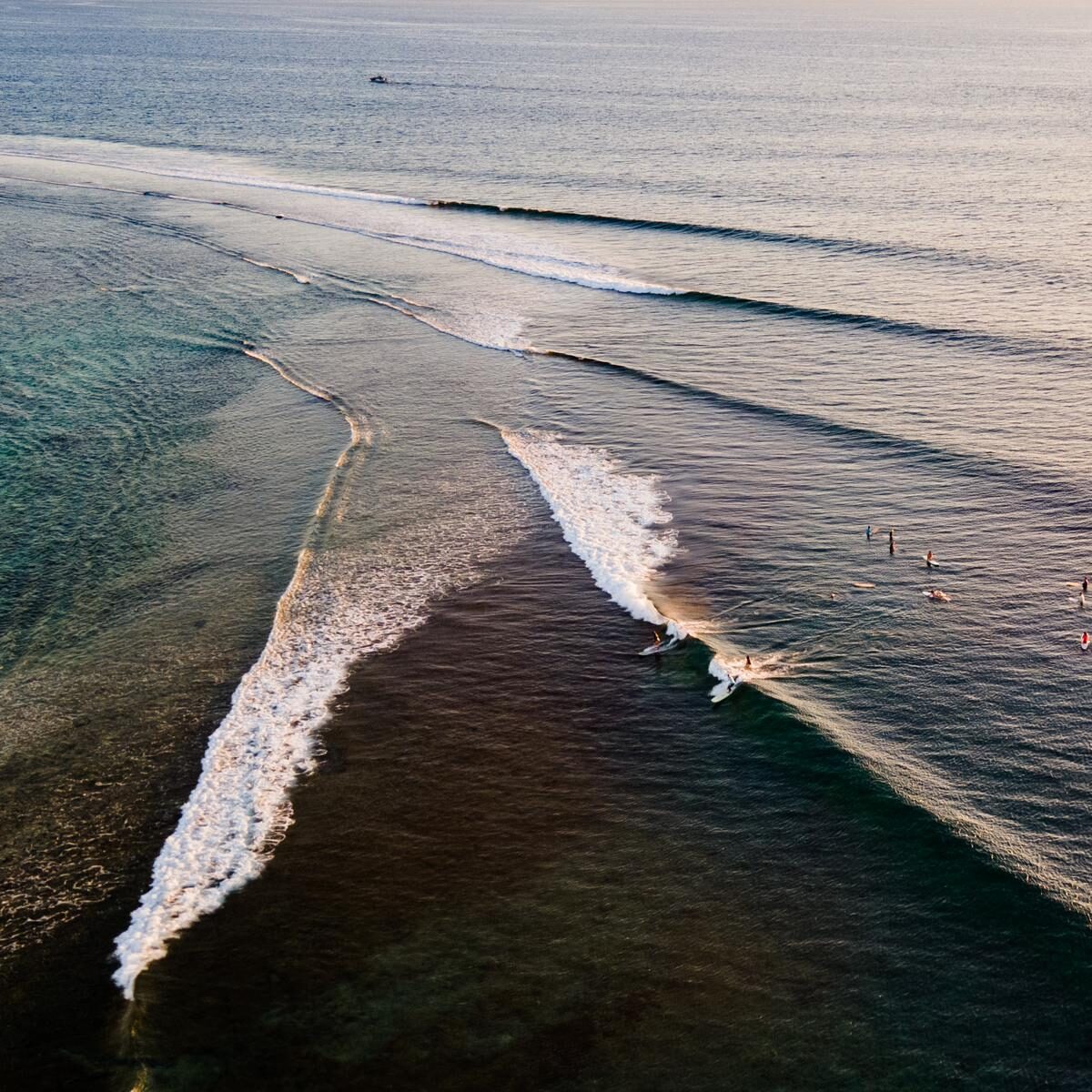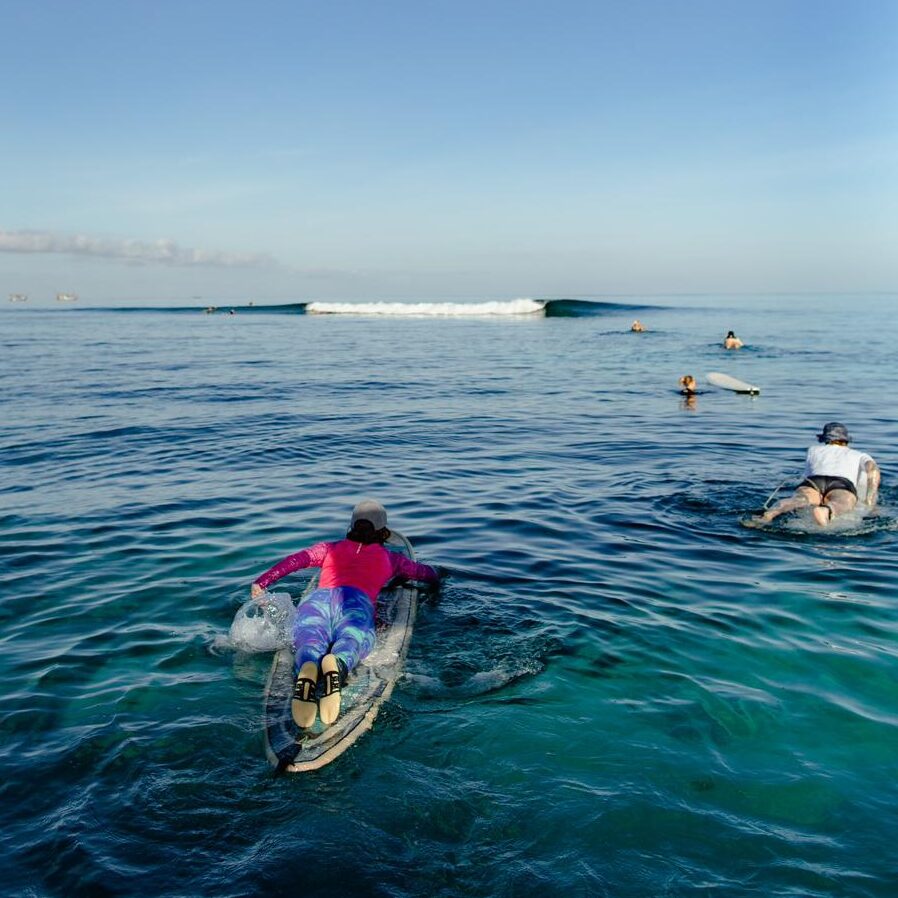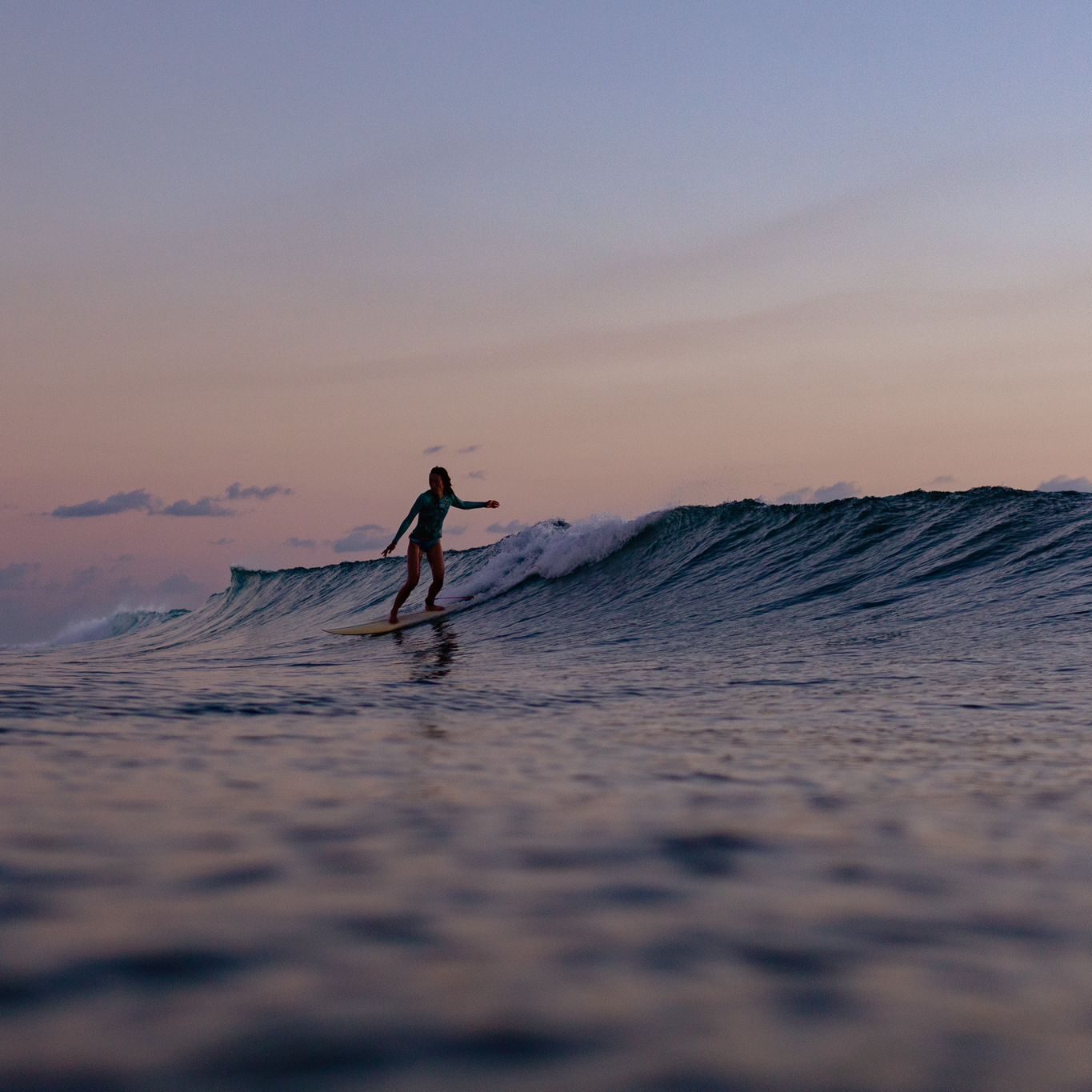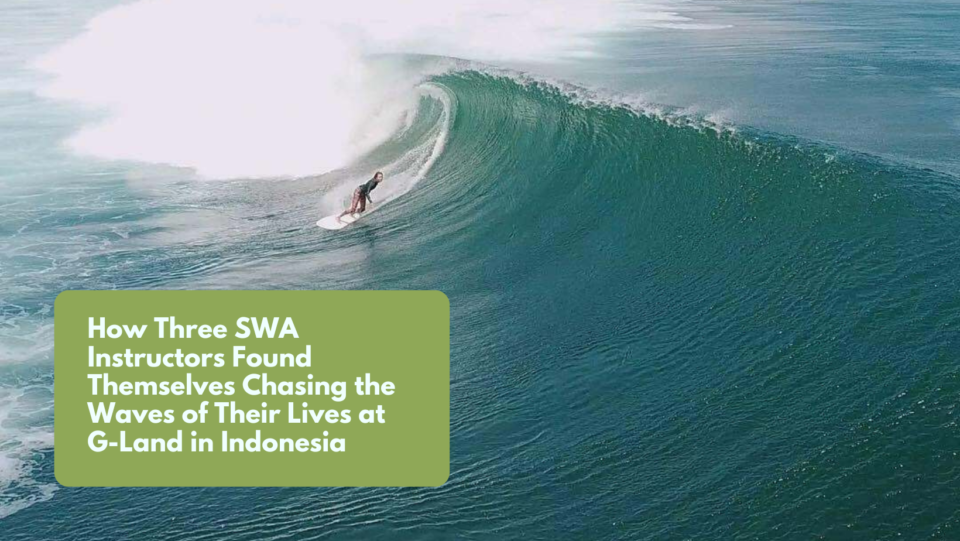If you’ve ever dreamed of surfing in Indonesia but feel intimidated by the legendary breaks of Bali (not to mention the crowds) or the powerful barrels of the Mentawais, you’re not alone. Indonesia is famous for its world-class waves, but many people don’t realize that you don’t need to be an expert to surf in Indo! There are plenty of friendly spots where you can enjoy warm waters, uncrowded waves, and a welcoming surf culture. One of the best-kept secrets? Rote Island.
Why Rote Island is Your Dream Surf Trip
1. Wave Variety
Rote Island offers a variety of reef breaks that are perfect for advanced beginners and intermediate surfers alike. Unlike some of Indonesia’s more advanced surf destinations, Rote provides long waves that give you a rush of adrenaline without the high risk. The Nemberala Left is the main advanced shortboarding and mid-length break near the resort where we stay at SWA X Rote Retreats. The point-like reef is approximately 400 yards long, so prepare for what could be the longest left of your life! There’s also an a-frame and right hander nearby that are suitable for most levels, and can offer more challenging drops on the lower tide. You could ride a whole quiver of different boards in one day with the cornucopia of waves at hand on Rote!
2. Uncrowded Lineups
One of the biggest challenges of surfing in Indonesia is dealing with crowded lineups. In places like Bali, competition for waves can be intense, making it tough to snag waves and practice your skills. Rote Island is far less crowded, offering a laid-back atmosphere where you can focus on improving without the pressure of a heavy crowd. Plus, you’ll have a whole crew of amigas hooting and hollering for you on your best rides.
3. Surfing Over Reef Could Be Easier Than You Think!
Many surfers worry about surfing over reef, but in reality, not all reef breaks are shallow or sharp! Yes, accidents can happen and we always recommend wearing booties as a precaution, or if it makes you feel more comfortable. However, one of the main waves we surf on the island actually breaks over a spongy, soft reef, making it much more forgiving than the typical reef breaks found in other parts of Indonesia! With proper guidance, knowledge of the spot and the right conditions, any level of surfer can enjoy the thrill of surfing over beautiful tropical reef.
4. Supportive Surf Community
Rote Island is home to a friendly surf community, and retreats with Surf With Amigas provide personalized coaching, hands-on instruction, and expert video review to help you build confidence in the water at plenty of different breaks. Whether you’re an advanced beginner or a more seasoned surfer looking to refine your skills, locals and amigas alike are just as likely to cheer you on. You’ll find the perfect balance of challenge and support at this location. Not to mention, you’re likely to meet a new crew of shredding amigas!
5. It’s Not Just a Surf Trip
Even if you’re taking a break from the waves, the postcard perfect Rote Island offers plenty to explore. Whether you want to chill at the resort and take in a 180 degree view of turquoise water and pumping waves, stretch it out on the ocean-front yoga deck, ride bikes around the island, explore the mangrove forests, or visit local markets and traditional villages, you’re bound to have an authentic Indonesian experience. After five years of running retreats on the island, we have strong connections with the community, so you’re likely to create meaningful connections with locals. Rote has something for everyone, and is definitely worth the long travel to explore a side of Indonesia off the well-trodden path.
Plan Your Trip to Rote!
If you’re looking for an unforgettable first surf trip to Indonesia, Rote Island is the perfect choice. Ready to book your adventure? Check out the Surf With Amigas retreat on Rote Island and get ready for the ultimate surf trip experience in one of Indonesia’s most magical destinations!

